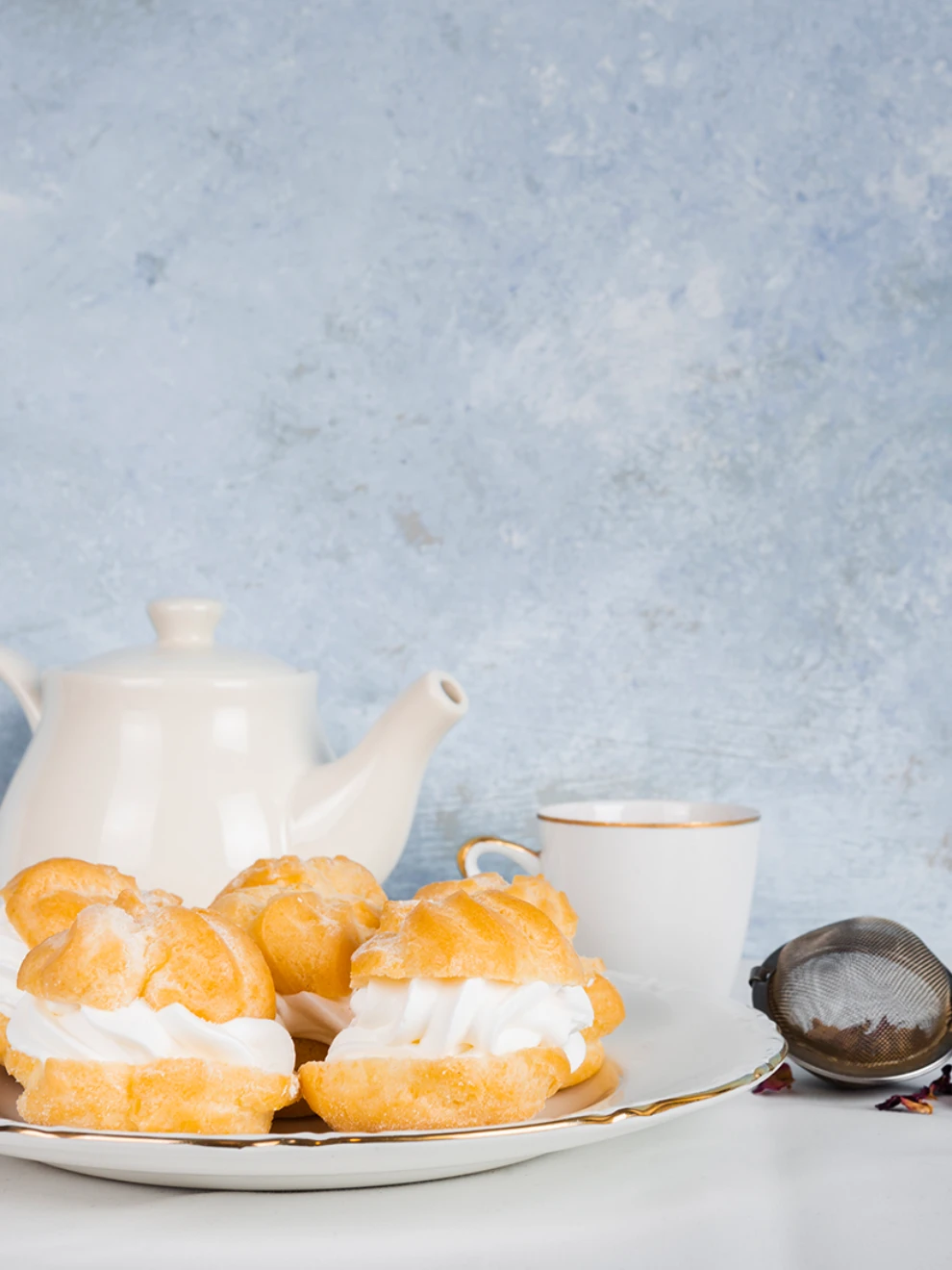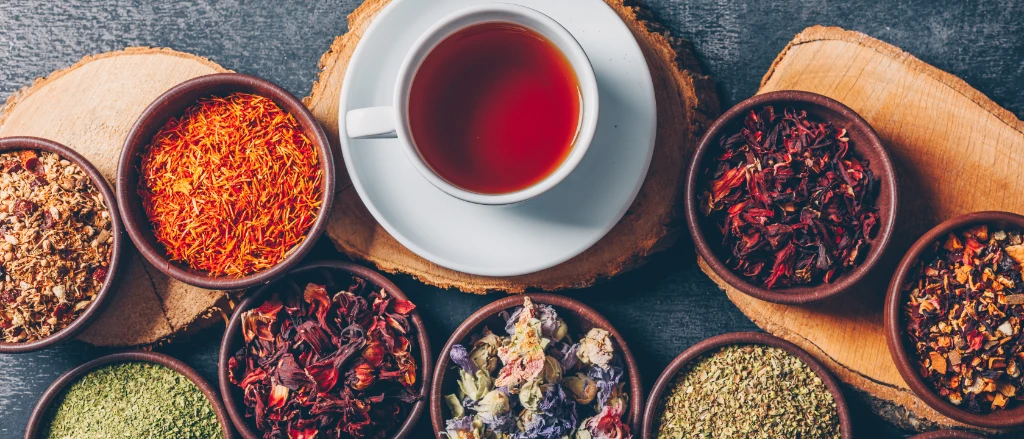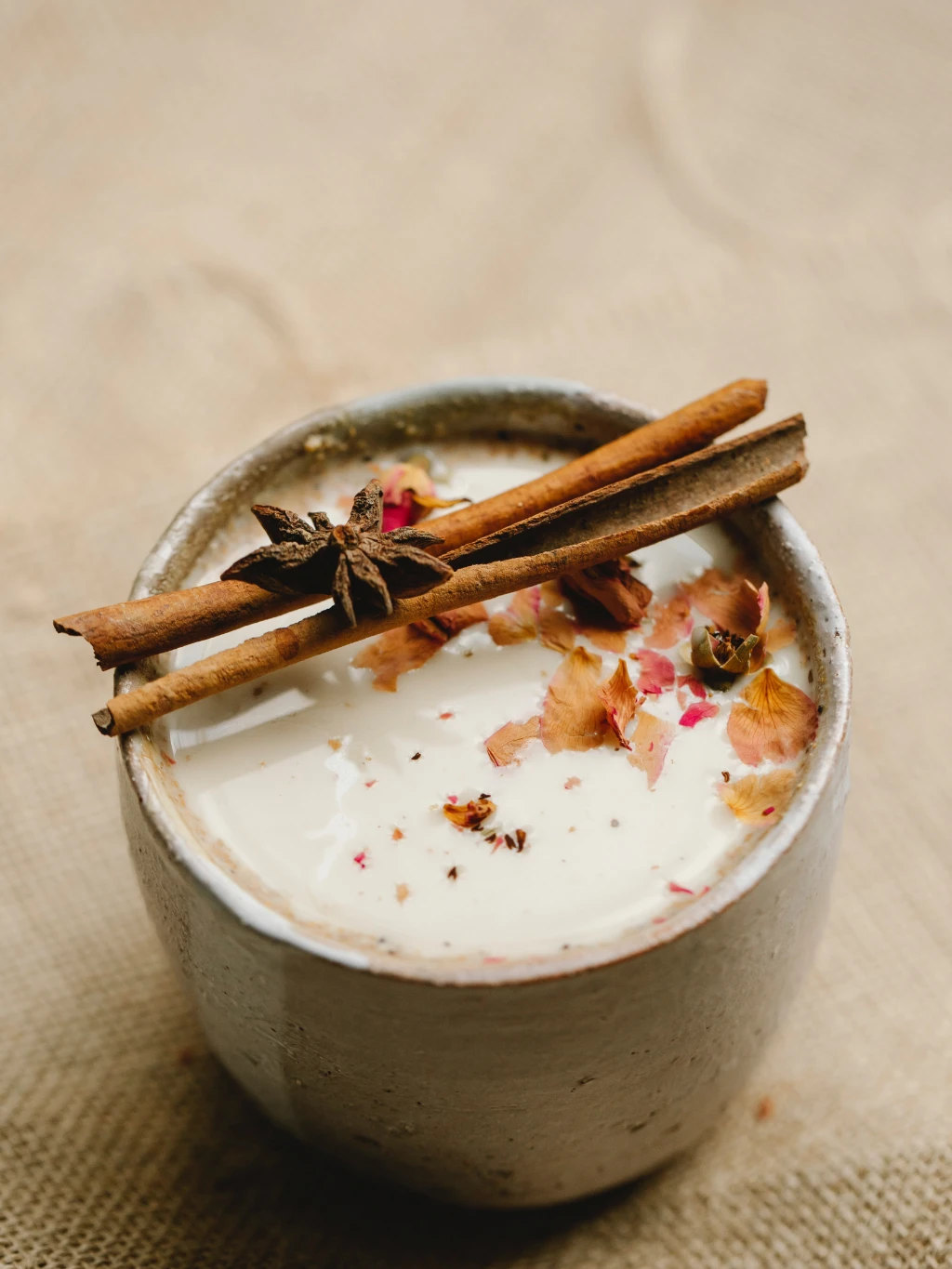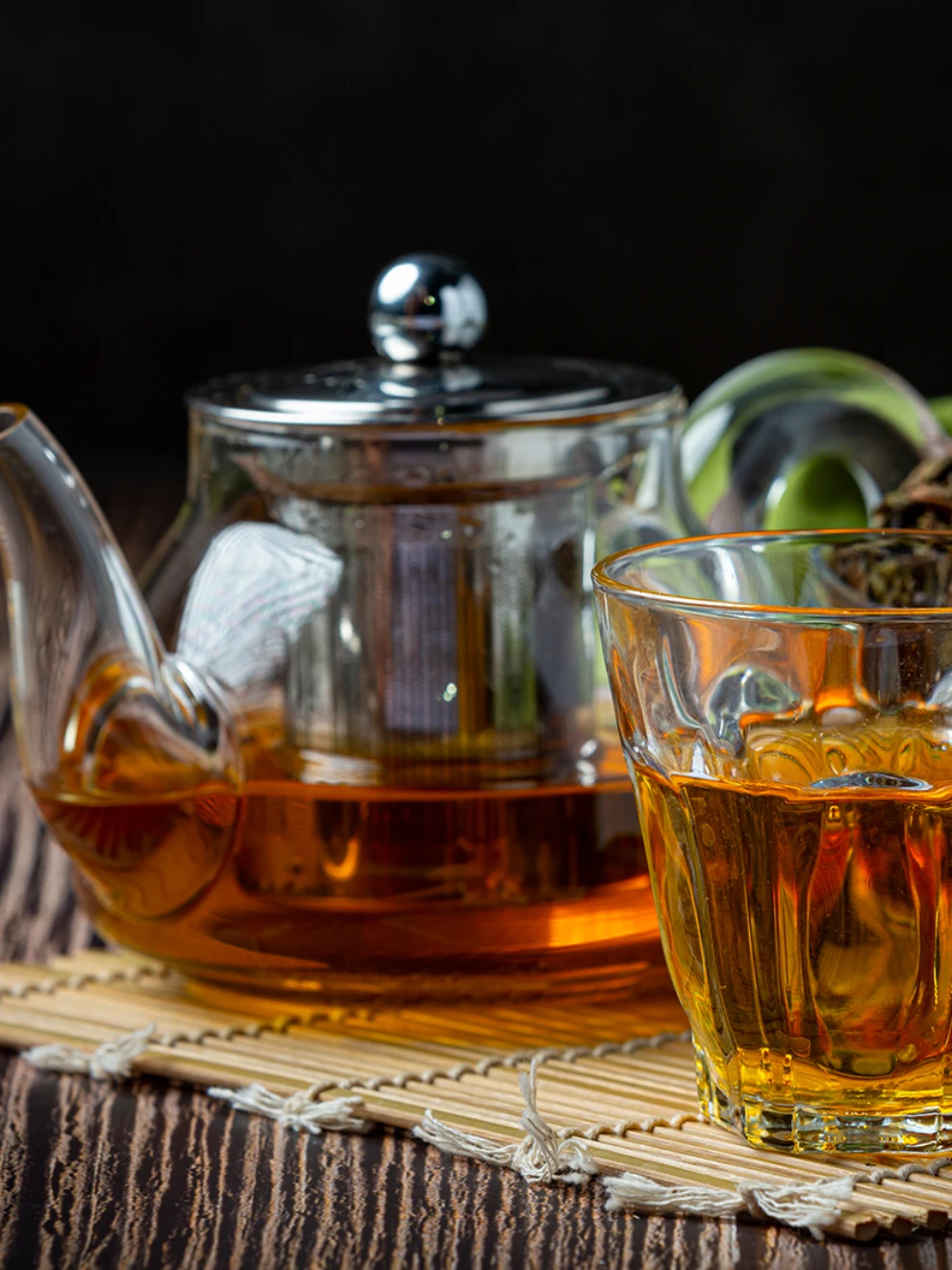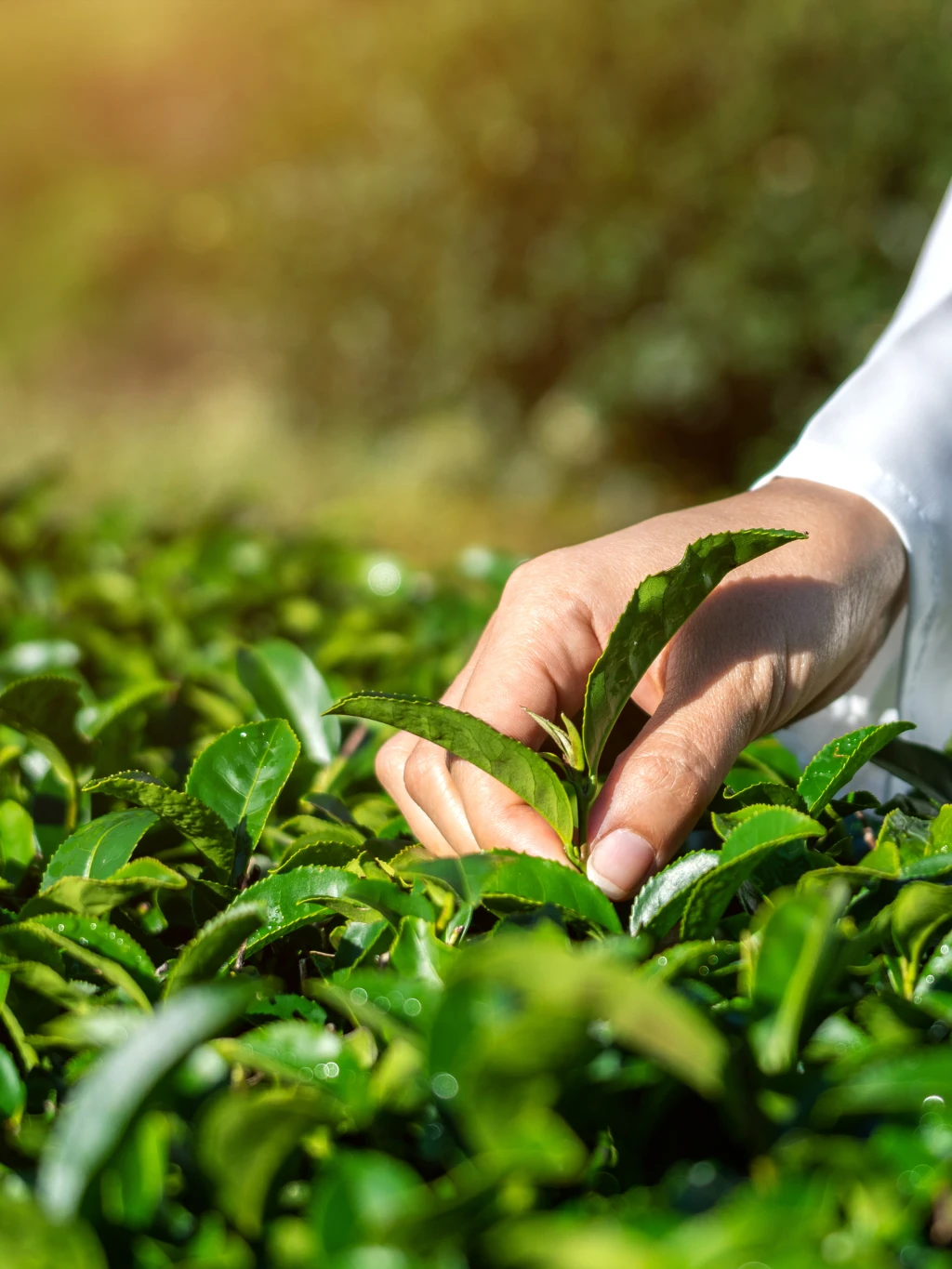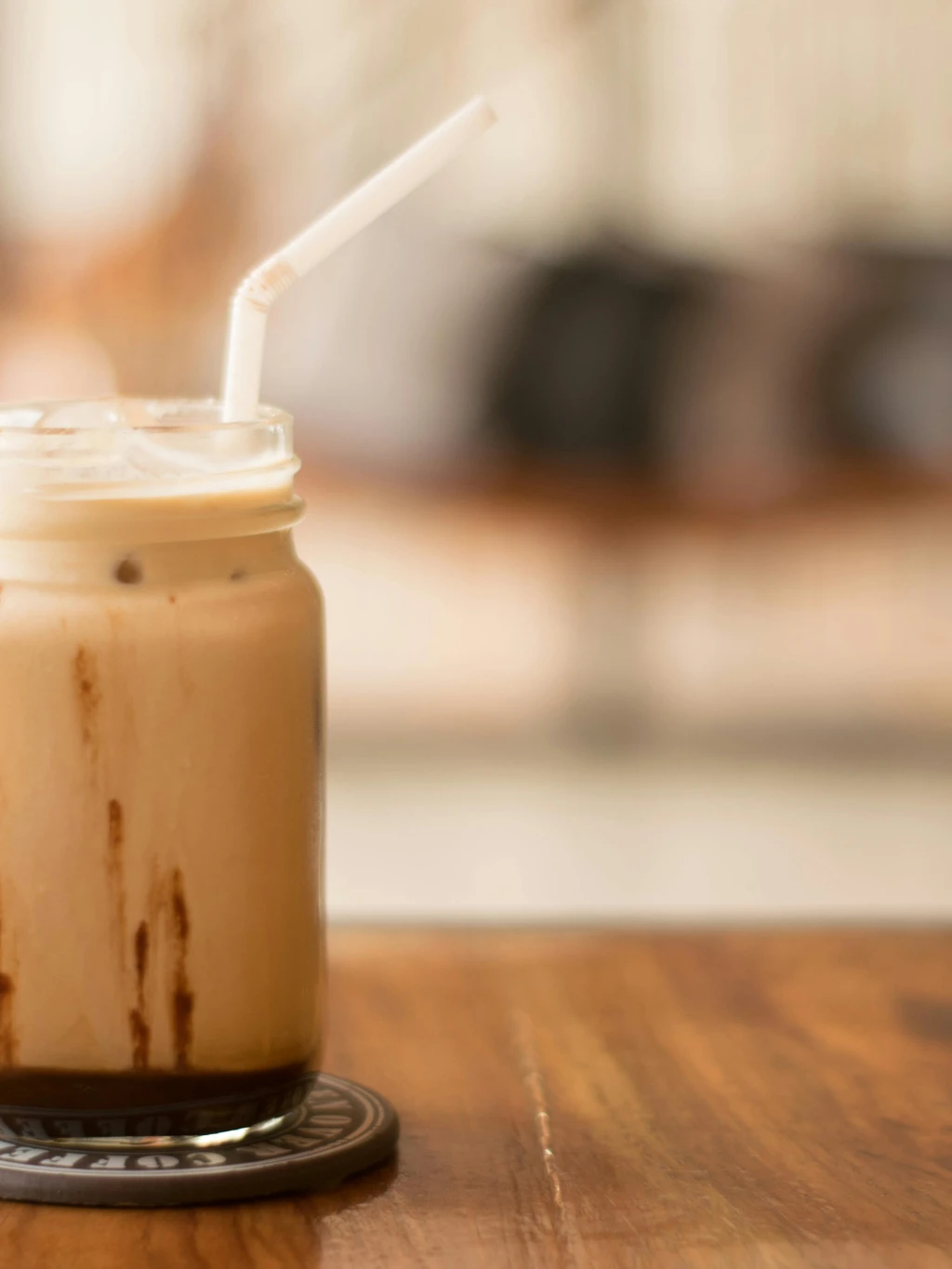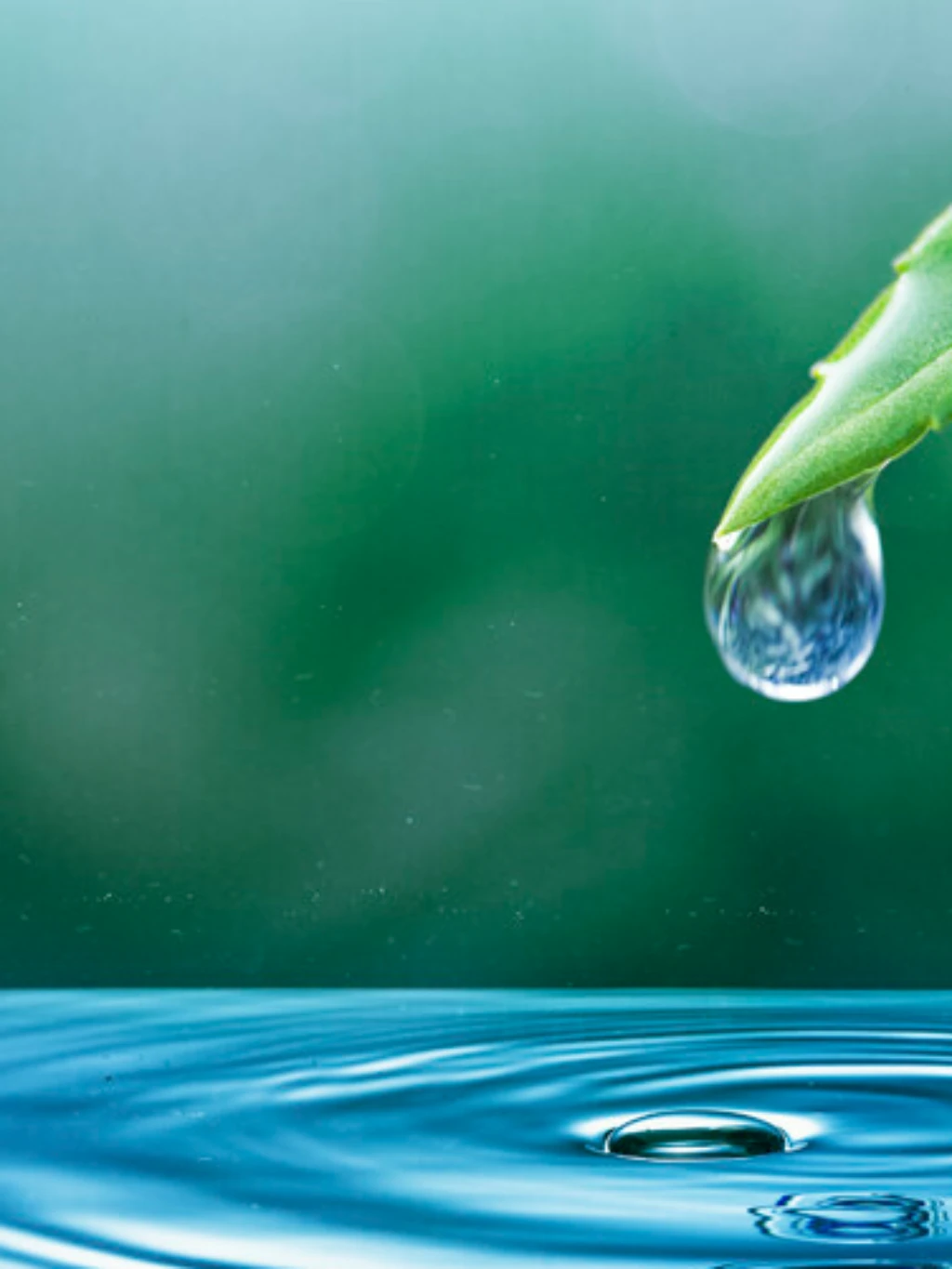1. Tea in Europe
Unsurprisingly the most popular tea across Europe is English Breakfast. The strong and malty blend of black tea is paired with milk and sugar and enjoyed throughout the day.
Tea was unknown to Europeans until the 16th century, with Portugal being the first to discover it.
Tea was introduced to France in 1635, and to England in 1650. Among all the European countries tea came to, it seemed to take root in England following the addition of sugar.
Although Brits may be well-known for being big tea drinkers, they actually don’t drink the most in Europe. Britain is 3rd when it comes to tea consumption across Europe, with Ireland and Turkey taking the lead. Having said that, in the UK (United Kingdom), 33% of people drink 4 to 5 cups of tea per day during the week.
